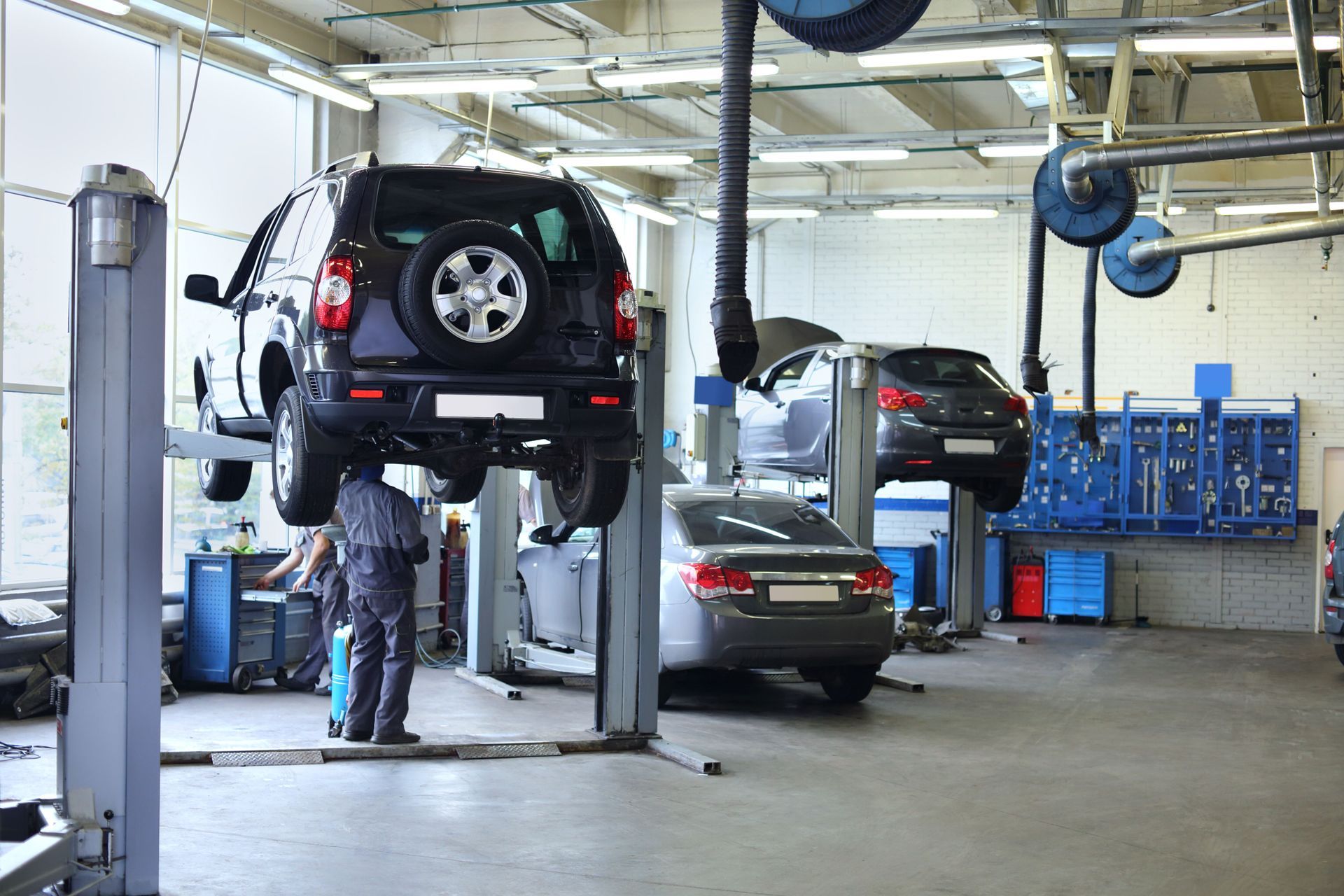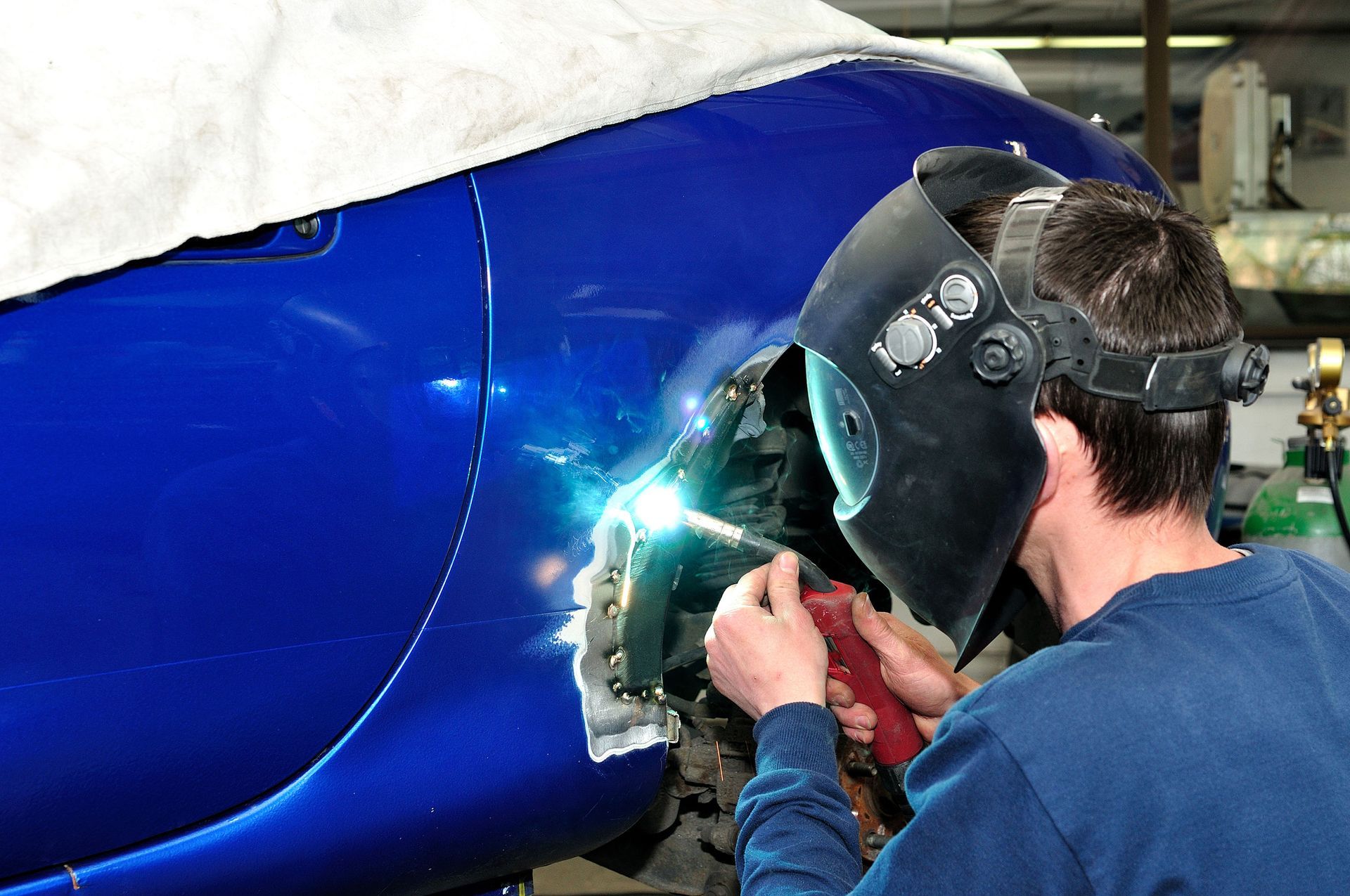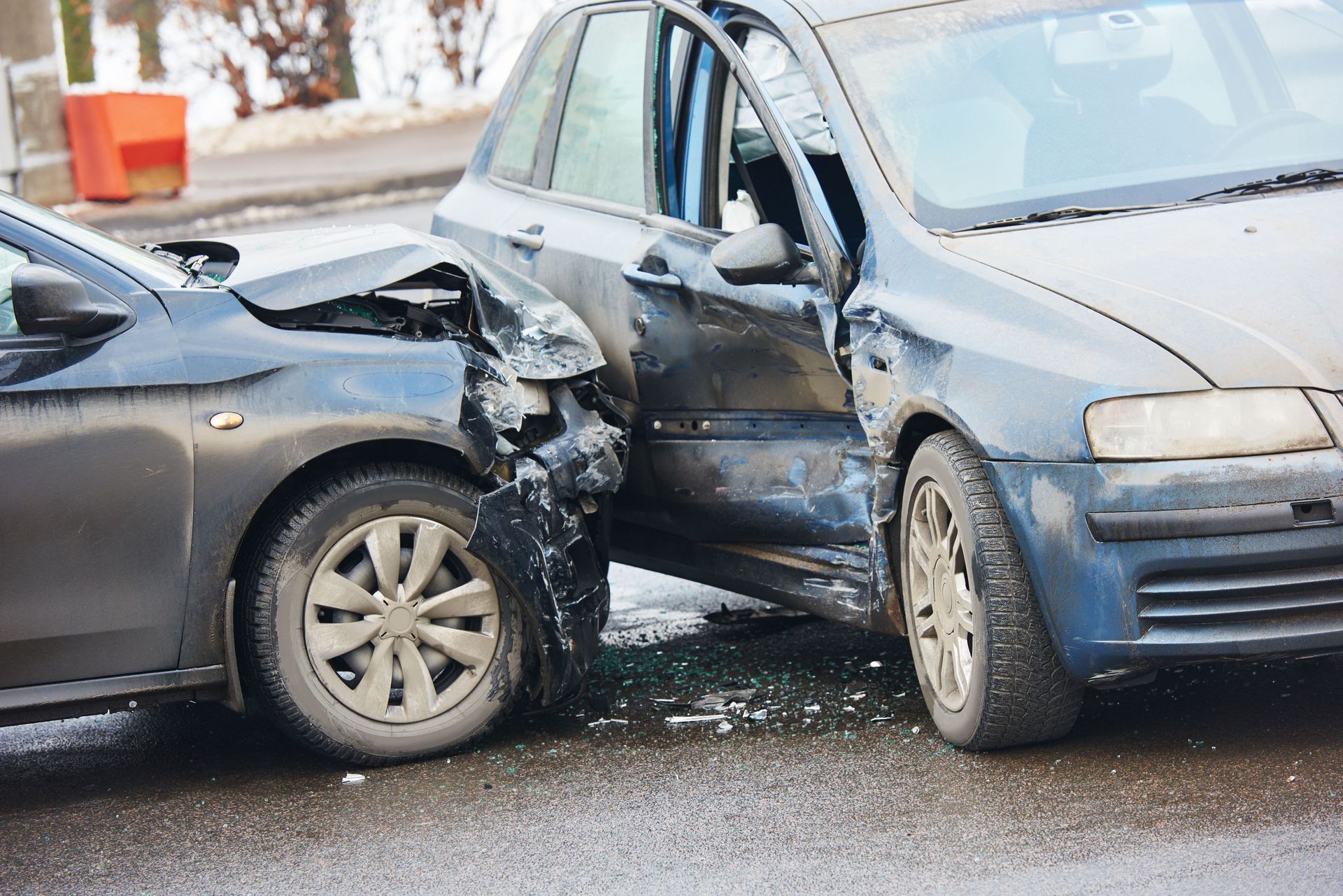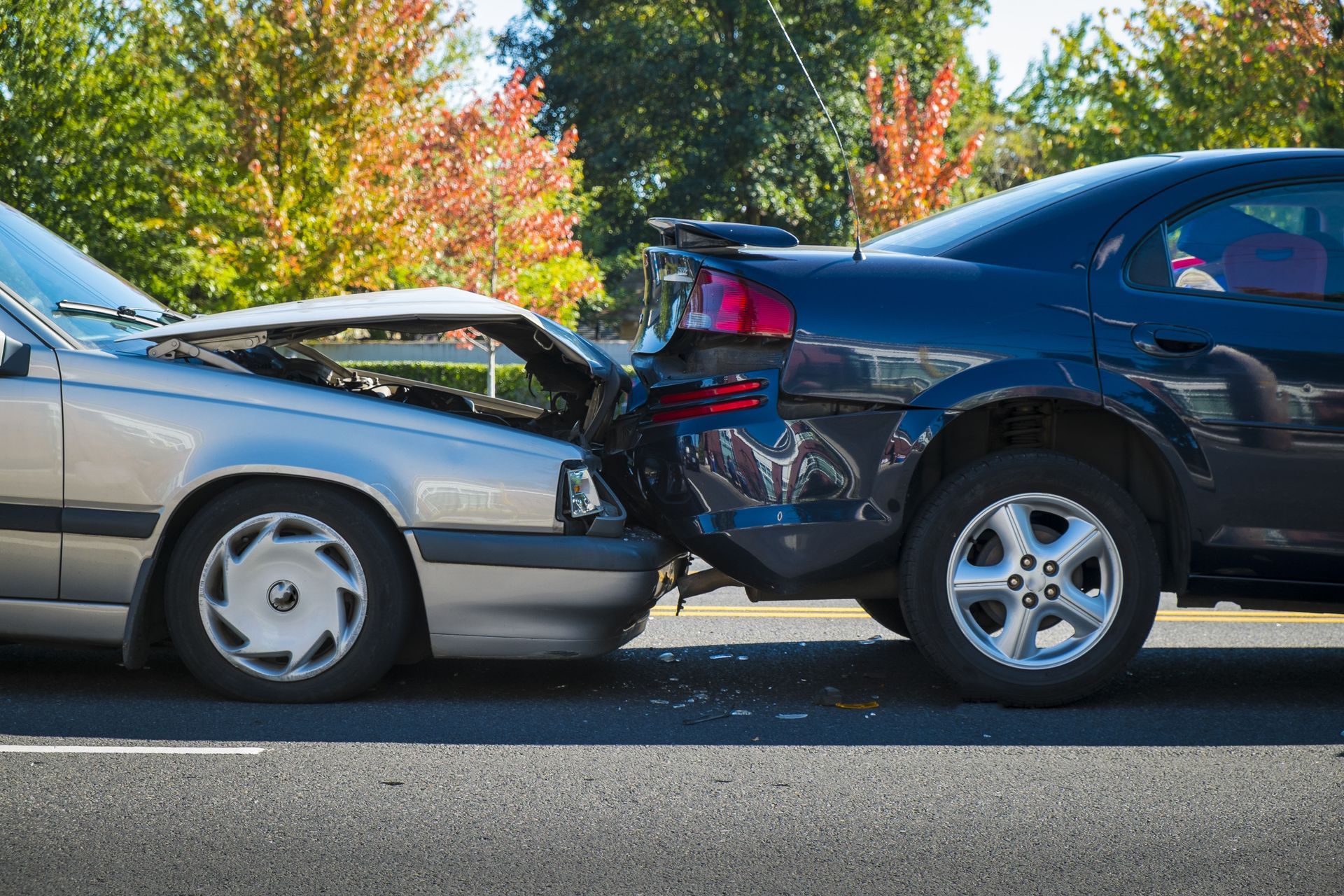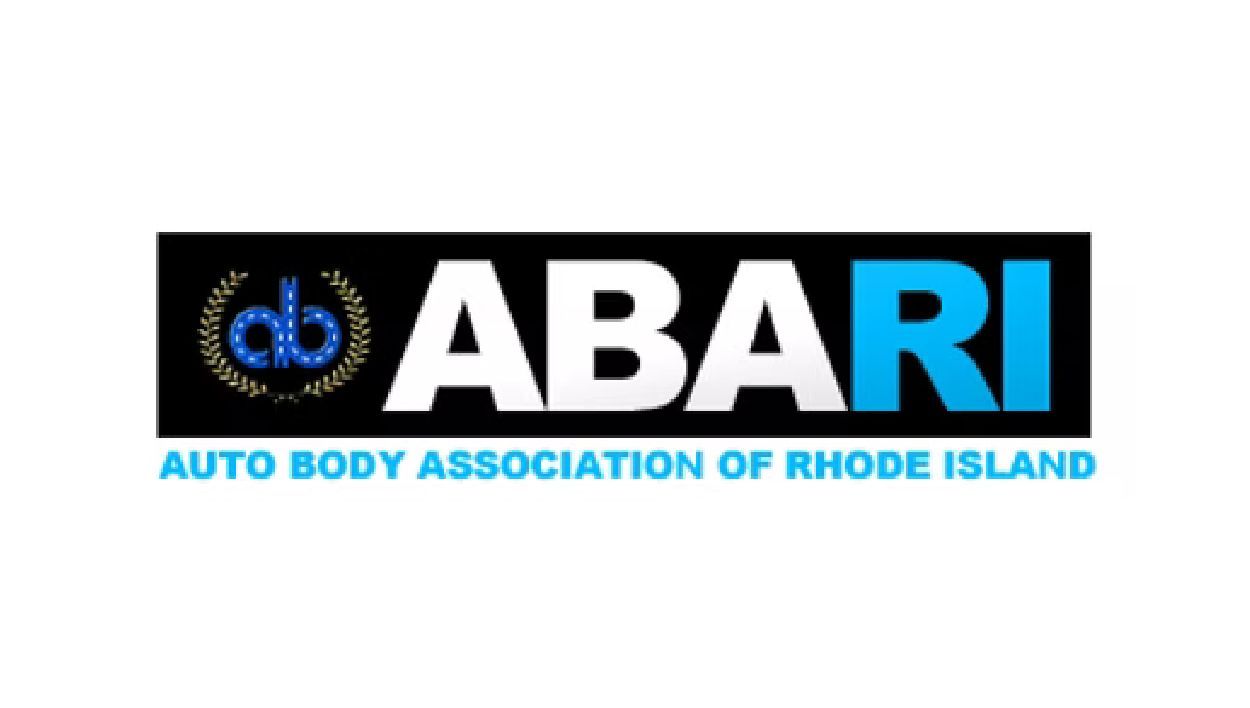November 17, 2025
Car accidents, regardless of their severity, can leave vehicles with varying degrees of damage. Understanding the most common types of auto body repairs can help car owners navigate the repair process more effectively. These repairs not only ensure the vehicle's aesthetic appeal but also its functionality and safety. Having a clear understanding of these repair processes can empower vehicle owners to make informed decisions in the aftermath of an accident. Moreover, knowing what to expect can alleviate some of the stress associated with getting a vehicle back to its optimal condition.
1. Bumper Repairs and Replacements
Bumpers are often the first point of contact in any collision, making their damage a common sight after accidents. Damage can range from minor scratches to severe cracks or dislodgement, depending on the collision's impact. While minor bumper scratches might just be cosmetic, deeper cracks can compromise the structural integrity of the bumper. Understanding the extent of damage is crucial as it determines whether a simple repair or a full replacement is warranted. From steel to composite materials, bumpers have evolved, challenging repair shops to adopt new techniques.
The decision to repair or replace a bumper is influenced by several factors, including the severity of the damage and the materials involved. Minor scratches and scuffs can often be polished or repainted, but larger cracks or breaks may necessitate a replacement. It's essential to weigh the cost of repair against replacement, especially when labor fees are considered. Insurance coverage can also play a determining role; understanding your policy can aid in making the best decision. With advancements in repair techniques, what was once deemed irreparable might now be salvageable, providing cost-efficient solutions.
Bumpers are typically made from materials such as fiberglass, plastic polymers, and even sheet metal. Advances in technology have introduced new materials that are both lightweight and durable, but repairs can be complex. Specialized adhesives, fillers, and patches are commonly used to mend cracks and reinforce the bumper. Technicians are now equipped with heat welding and 3D printing technologies, offering bespoke solutions for bumper repairs. Choosing the right materials and technologies for bumper repairs not only restores aesthetics but also ensures safety.
2. Body Panel Repairs
Body panels, including doors, fenders, and quarter panels, often bear the brunt of collisions. Damage assessment typically involves examining for dents, scratches, and even more severe warping or displacement. While minor scratches can be buffed out, larger dents require more advanced techniques like paintless dent repair. It's essential to evaluate each panel individually to determine the most appropriate repair method. Comprehensive assessments allow technicians to ensure all damages are identified and addressed, promoting thorough repairs.
Paintless dent repair (PDR) has gained popularity due to its efficiency in correcting minor dents without affecting the original paint job. Traditional filling methods, using fillers and paints, are still prevalent for more severe damage. Technicians utilize tools like slide hammers and dollies to reshape panels, restoring them to their original form. Surface imperfections such as scratches are often treated with sanding and refinishing, ensuring a smooth, visually appealing exterior. Each technique offers distinct advantages, making professional evaluation and choice crucial for high-quality auto body repairs.
Effective body panel repairs play a critical role in restoring a vehicle's exterior aesthetics, boosting its visual appeal. Addressing exterior imperfections ensures that the vehicle retains its resale value and original charm. In addition to aesthetics, well-repaired panels contribute to the aerodynamic efficiency of the vehicle. Attention to detail, such as ensuring color consistency and seamless surface integration, highlights the quality of repairs. Repaired panels should mimic the original manufacturing standards, ensuring the vehicle not only looks good but also performs optimally.
3. Repairing Auto Glass
Auto glass damage is a common occurrence in accidents, varying from minor chips to extensive cracks. Assessing the severity of the damage is crucial in determining whether the glass needs repair or replacement. Factors like damage size, location, and potential spreading influence the repair decision. For minor chips and cracks, timely repairs can prevent further damage and maintain structural integrity. Delay in addressing auto glass damage can compromise safety and lead to costly replacements down the line.
There are several approaches to repairing chipped or cracked auto glass, each suited to different types of damage. Resin injection is a common method for filling chips and cracks, providing a clear, strong seal. In cases where the damage is extensive, complete glass replacement may be the safest option. Techniques like UV curing enhance the bond's strength, ensuring the repair withstands environmental challenges. Choosing the right repair method is a combination of safety assessment and repair feasibility.
The costs associated with auto glass repairs can vary depending on factors like the type of glass, repair method, and severity of the damage. For minor chip repairs, costs are generally minimal. Replacement costs are considerably higher, particularly for specialized or larger windshields or windows. Insurance coverage can significantly influence the final costs, with many policies offering full coverage for glass repairs. Vehicle owners need to understand their coverage and potential out-of-pocket expenses when considering repairs.
4. Paint Restoration
Accidents often lead to paint damage, including scratches, scuffs, and chips, affecting the vehicle's exterior appearance. The extent of paint damage can range from superficial surface scratches to deeper gouges, exposing the vehicle's base layer. Understanding the degree of paint damage is essential for selecting the appropriate restoration technique. Addressing paint damage promptly not only preserves aesthetics but also prevents potential corrosion or rust development. Vehicle owners can maintain their vehicle's vibrant appearance by investing in timely paint restoration.
Accurately matching original vehicle paint is crucial for seamless paint restoration, maintaining the vehicle's visual appeal. Technicians use specialized software to determine the exact color mix required to match the existing paint. Variables such as age, sun exposure, and weather conditions can influence color changes, complicating the matching process. Achieving an exact match ensures repaired areas blend seamlessly with the original paint, preserving the overall aesthetic. This precision in color matching is a testament to the skills and experience of auto body repair professionals.
A variety of techniques are employed in paint restoration, each tailored to different types of damage and desired outcomes. Touch-up techniques are often used for minor scratches, providing quick and effective results. For more extensive damage, sanding, priming, and repainting are necessary to achieve even surfaces and resistant finishes. Clear coat application adds an extra layer of protection, enhancing luster and durability against environmental factors. Advancements in technology and materials have continuously improved paint restoration techniques, enabling flawless finishes.
5. Frame and Structural Repairs
Evaluating visible and hidden frame damage is paramount after accidents, as the frame is critical for vehicle integrity. Technicians use sophisticated diagnostic tools to identify distortion, bends, or misalignments that may compromise safety. Frame damage is not always readily apparent, making professional assessment essential in ensuring comprehensive evaluations. According to Consumershield.com, the number of annual crashes has fluctuated dramatically but typically ranges from over 5 million to over 6 million, underscoring the need for accurate assessments. Identifying and addressing frame issues is essential for restoring a vehicle's overall safety and performance.
Precise structural alignment is crucial for ensuring safe vehicle operation post-repair. Poor alignment can lead to issues such as uneven tire wear, steering problems, and decreased fuel efficiency. Certified alignment procedures ensure that frames are restored to manufacturer specifications to maintain vehicle safety. Vehicle handling and performance can be significantly affected by improper frame alignment. Ensuring precise alignments during structural repairs helps uphold safety standards and vehicle reliability.
While car accidents can be distressing, understanding the most common types of auto body repairs helps vehicle owners make informed decisions about restoring their cars. These repairs are essential not just for aesthetic reasons but for ensuring the safety and functionality of the vehicle post-accident. By prioritizing professional repair services, vehicle owners can navigate the repair process with confidence. Despite the challenges posed by accidents, proper repairs ensure vehicles remain reliable and safe on the road. Investing in quality repairs supports both vehicle performance and owner peace of mind. For more information about the services that we offer, reach out to our incredible team at Ken Rocha Collision, LLC today!
